Introduction: A Bold Promise Meets a Brutal War
Donald Trump’s pledge to end the war in Ukraine—a conflict that erupted with Russia’s 2014 annexation of Crimea and escalated into a full-scale invasion in February 2022—emerged as a defining feature of his 2024 presidential campaign. With characteristic bravado, Trump claimed he could resolve the war in a mere "24 hours," a promise that electrified his base and baffled analysts. As he assumed the presidency on January 20, 2025, the world watched to see if this audacious commitment could withstand the harsh realities of geopolitics, entrenched national interests, and a war that had already claimed countless lives and reshaped global alliances. This 5,000-word exploration traces the timeline of Trump’s pledge, from its origins in campaign rhetoric to its collision with reality by March 26, 2025, uncovering hidden truths, stakeholder motivations, and the broader implications of his approach.
Pre-Inauguration: The Genesis of a Grand Claim (2023–2024)
The Campaign Trail: Crafting the 24-Hour Narrative
Trump’s pledge first took root in early 2023, amid a crowded Republican primary field. At a March 2023 rally in Iowa, he declared,
"I will end the war in Ukraine in 24 hours—mark my words."This wasn’t a one-off boast; it became a staple of his stump speeches, repeated at rallies in Ohio, Texas, and beyond. He leaned on his self-image as a dealmaker extraordinaire, citing his 2016–2020 term’s negotiations with North Korea and the Abraham Accords as proof of his diplomatic prowess. Yet, specifics were conspicuously absent. How would he convince Vladimir Putin, a leader known for his unyielding stance, or Volodymyr Zelensky, whose nation’s survival hinged on resisting Russia?
Research from political scientists like Michael McFaul of Stanford suggests Trump’s rhetoric was less about feasibility and more about tapping into voter fatigue with U.S. foreign entanglements. Polls from the Pew Research Center in 2023 showed 62% of Americans favored reducing overseas military commitments, a sentiment Trump exploited masterfully. On X, supporters amplified his claim, with posts like, "Trump’s the only one who can stop this mess," while skeptics countered, "24 hours? He can’t even negotiate with his own party that fast."
Refining the Promise: From 24 Hours to Pre-Inauguration
By September 2024, with the general election in sight, Trump adjusted his timeline. At a rally in Pennsylvania, he boasted,
"I’ll have it done before I even step into the Oval Office."This shift hinted at behind-the-scenes planning, though details remained elusive. The Wall Street Journal, citing anonymous sources, speculated that Trump’s team was floating a plan: freeze the conflict along existing lines, delay Ukraine’s NATO bid for two decades, and maintain arms support to Kyiv. This framework, if true, suggested a pragmatic—if controversial—approach, balancing Russian demands with Ukrainian security.
Analysts like Fiona Hill, a former National Security Council official, warned that such a deal risked legitimizing Russia’s territorial gains, potentially emboldening Putin to test NATO’s eastern flank further. On X, posts reflected this divide: "Trump’s got a real plan," one user wrote, while another quipped, "Freezing the lines is just Putin’s victory lap." Trump’s campaign neither confirmed nor denied these reports, leaving the pledge shrouded in ambiguity.
Late 2024: Personnel Picks and Growing Doubts
As Election Day neared, Trump’s team began to take shape, offering clues about his strategy. In November 2024, he tapped Keith Kellogg, a retired general and co-author of his first-term national security strategy, as a special peace envoy for Ukraine. Kellogg, in a Fox News interview, suggested a more realistic 100-day timeline, a subtle departure from Trump’s 24-hour bravado. This adjustment hinted at internal recognition of the challenge’s scale, though Trump himself stuck to his hyperbolic script.
A December 2024 press conference at Mar-a-Lago marked another pivot. Trump acknowledged that formal talks would begin post-inauguration, saying,
"We’ll get it done fast, but I need to be in the chair."This concession, coupled with Kellogg’s timeline, suggested the campaign promise was already bending under the weight of reality. European leaders, meanwhile, grew jittery. French President Emmanuel Macron privately warned aides, according to Le Monde, that a rushed U.S.-Russia deal could fracture NATO unity—a fear that would soon prove prescient.
January 20, 2025: Inauguration and the First Steps
The Inaugural Vow: Peace Without a Plan
Trump’s second inauguration on January 20, 2025, came as the Ukraine war approached its third year. In his address, he vowed to "bring peace to a world tired of war," though he avoided repeating the 24-hour claim. The omission was telling—perhaps a nod to advisors urging restraint. The White House followed with a statement promising "relentless diplomacy," and allies like House Speaker Mike Johnson lauded Trump’s focus on "America-first solutions." Yet, the lack of a concrete roadmap left observers guessing.
Behind closed doors, Trump wasted no time. On January 25, he reportedly held a 45-minute call with Putin, their first known contact since his return to power. A second call to Zelensky followed, briefing him on the outreach. The White House described these as "preliminary steps," but leaks suggested Trump pitched a ceasefire tied to territorial concessions—a notion Zelensky flatly rejected, per Ukrainian sources. On X, reactions ranged from "Trump’s already winning" to "He’s selling out Ukraine."
Hidden Dynamics: Putin’s Calculus and Zelensky’s Defiance
Unseen forces shaped these early moves. Putin, facing a war-weary populace and a sanctions-battered economy, might have seen Trump as a chance to secure gains without further losses. Research from the Carnegie Endowment in late 2024 estimated Russia’s war costs at $200 billion, with troop morale plummeting. Yet, his public stance remained defiant, signaling he’d only negotiate from strength.
Zelensky, meanwhile, was under immense pressure. Ukraine’s military, bolstered by Western aid, held key fronts, but civilian infrastructure was crumbling. A January 2025 report from the Kyiv School of Economics pegged reconstruction costs at $750 billion—money Ukraine didn’t have without U.S. and EU support. Zelensky’s insistence on being central to talks reflected both national pride and a strategic need to avoid a deal that ceded too much.
February 2025: Talks Begin, Tensions Rise
Riyadh Negotiations: A Bilateral Gamble
On February 12, 2025, Trump’s team—Secretary of State Marco Rubio, National Security Advisor Mike Waltz, and envoy Steve Witkoff—met Russian officials in Riyadh. The choice of Saudi Arabia, a neutral broker with ties to both Washington and Moscow, was deliberate, but the exclusion of Ukraine and Europe sparked outrage. Zelensky tweeted,
"Peace cannot be decided over our heads,"while German Chancellor Olaf Scholz called it "a dangerous precedent." Rubio, emerging from the talks, said,
"Everyone’s got to give something,"hinting at a ceasefire proposal.
Details leaked via Politico suggested the U.S. offered to pause Ukraine’s NATO aspirations and recognize Russian control of Crimea and Donbas border areas, in exchange for a demilitarized zone and continued arms to Kyiv. Russia countered with demands for full sanctions relief—terms Kyiv and Brussels deemed unacceptable. The talks ended without agreement, exposing the limits of Trump’s bilateral approach.
Timeline Shifts and Public Backlash
Trump’s 24-hour promise began to publicly erode. In a January 7 Fox News interview, he’d floated "six months" as a new target. By February 20, speaking to Newsmax, he mused,
"Maybe in a year—we’ll see."He blamed Russia’s "stubbornness," a rare admission of difficulty. On X, users pounced: "24 hours turned into 24 months," one wrote, while another defended, "He’s still closer to peace than Biden ever got."
A February 28 Oval Office meeting with Zelensky crystallized the growing rift. Intended to seal a minerals deal—Ukraine’s rare earths for U.S. aid—it imploded when Vice President JD Vance accused Zelensky of "sabotaging peace." Zelensky’s retort,
"We fight for survival, not your politics,"led to his early exit. The incident, widely covered by CNN and BBC, underscored Trump’s struggle to align his vision with Ukraine’s reality.
March 2025: Escalation, Aid Cuts, and Stalemate
Europe Steps In: The London Summit
On March 1, 2025, European leaders met in London, alarmed by the U.S.-Ukraine fallout. Excluding American officials, they pledged €50 billion in aid and explored deploying peacekeepers. Zelensky’s March 2 visit to the UK, where he met King Charles III, reinforced this shift. He signaled openness to the minerals deal but demanded a voice in peace talks—a stance Europe endorsed.
Trump’s Leverage Play: Aid and Intelligence Cuts
Trump responded decisively. On March 3, he paused undelivered military aid to Ukraine—$10 billion in weapons—and on March 5, halted intelligence sharing. He framed it as a push for Ukraine to "get serious" about his plan, but the move backfired. Democrats, led by Senator Chuck Schumer, decried it as "appeasement," while Kyiv warned of battlefield losses. Europe filled the gap, with Britain and France offering troops for a potential ceasefire line.
Tentative Progress and Russian Duplicity
By March 11, Ukraine agreed to a Saudi-drafted ceasefire, prompting Trump to restore aid and intelligence. Zelensky halted Black Sea operations, a goodwill gesture. Yet, Russia’s demand for sanctions relief stalled the deal. A March 19 Trump-Zelensky call, dubbed "fantastic" by aides, revealed Putin’s rejection of a 30-day truce, though he paused energy grid attacks. Days later, Russian strikes on Ukrainian hospitals—documented by Human Rights Watch—exposed Moscow’s bad faith, derailing momentum.
March 26, 2025: A Pledge in Limbo
As of March 26, Trump’s pledge remained unfulfilled. In a Newsmax interview, he insisted,
"Russia wants out—I’ll get it done,"but conceded delays. CNN noted "no breakthrough" two months into his term, with timelines stretching indefinitely. European leaders like Germany’s Boris Pistorius criticized Putin’s "token gestures," urging Trump to push harder.
Analysis: Unpacking the Failure
Geopolitical Complexity
The war’s roots—territorial disputes, NATO’s expansion, and energy rivalries—defied Trump’s quick-fix approach. Putin’s rejection of ceasefires without major concessions reflected Russia’s strategic depth, per a 2025 RAND Corporation study. Trump’s bilateralism ignored this, alienating key players.
Missteps and Miscalculations
Excluding Ukraine and Europe was a tactical error, fracturing trust. The aid pause, meant to pressure Kyiv, instead rallied Europe against Trump’s plan. His reliance on personal rapport with Putin overestimated his influence, as Moscow prioritized long-term gains over short-term deals.
Domestic and Global Fallout
At home, Trump faced bipartisan criticism—Republicans like Senator Lindsey Graham called for tougher Russia sanctions, while Democrats accused him of weakness. Globally, NATO’s cohesion waned, with Eastern members like Poland eyeing independent defenses.
Conclusion: A Promise Unmet, A War Unresolved
By March 26, 2025, Trump’s 24-hour pledge had morphed into a protracted struggle. The war persists, with talks stalled and tensions high. Hidden truths—Putin’s intransigence, Zelensky’s resolve, Europe’s defiance—exposed the limits of Trump’s vision. Whether he can salvage a deal remains uncertain, but the gap between rhetoric and reality has never been clearer.

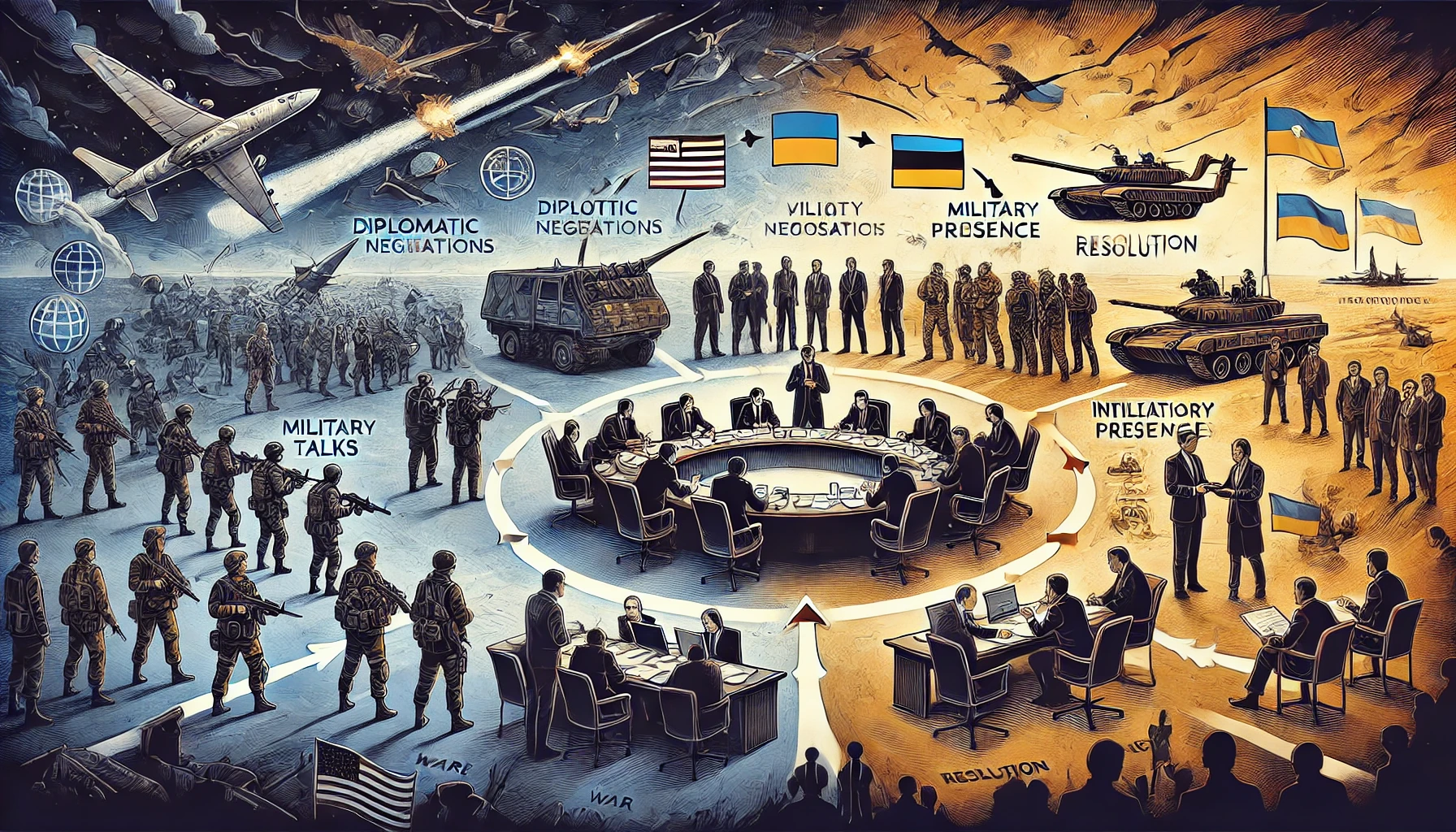




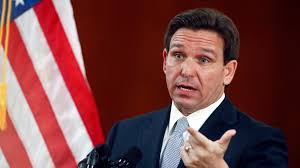


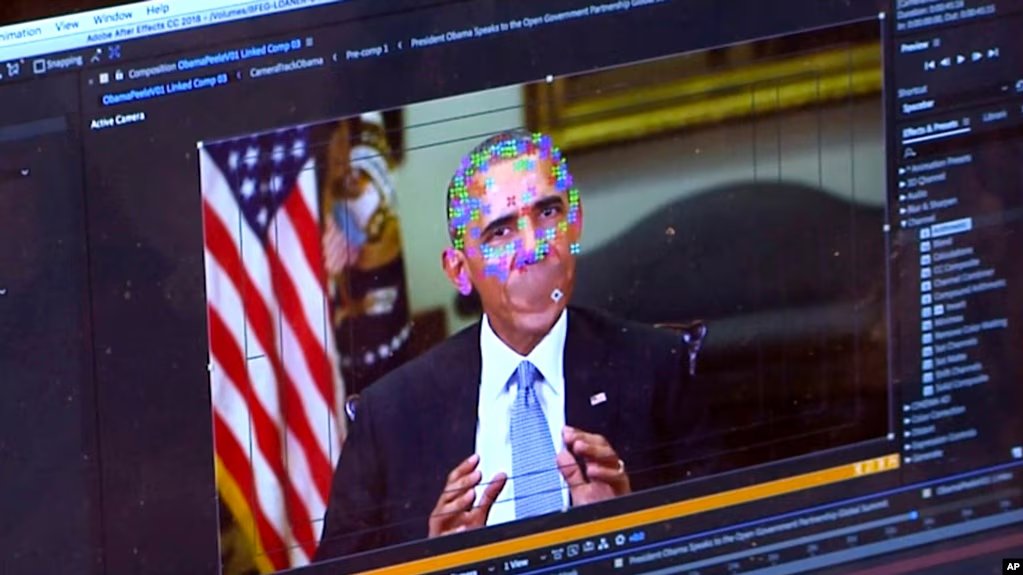













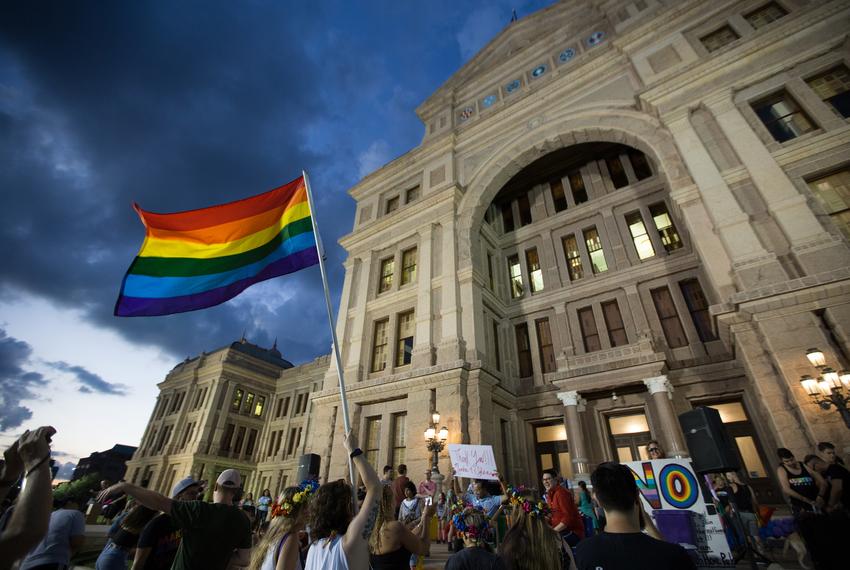
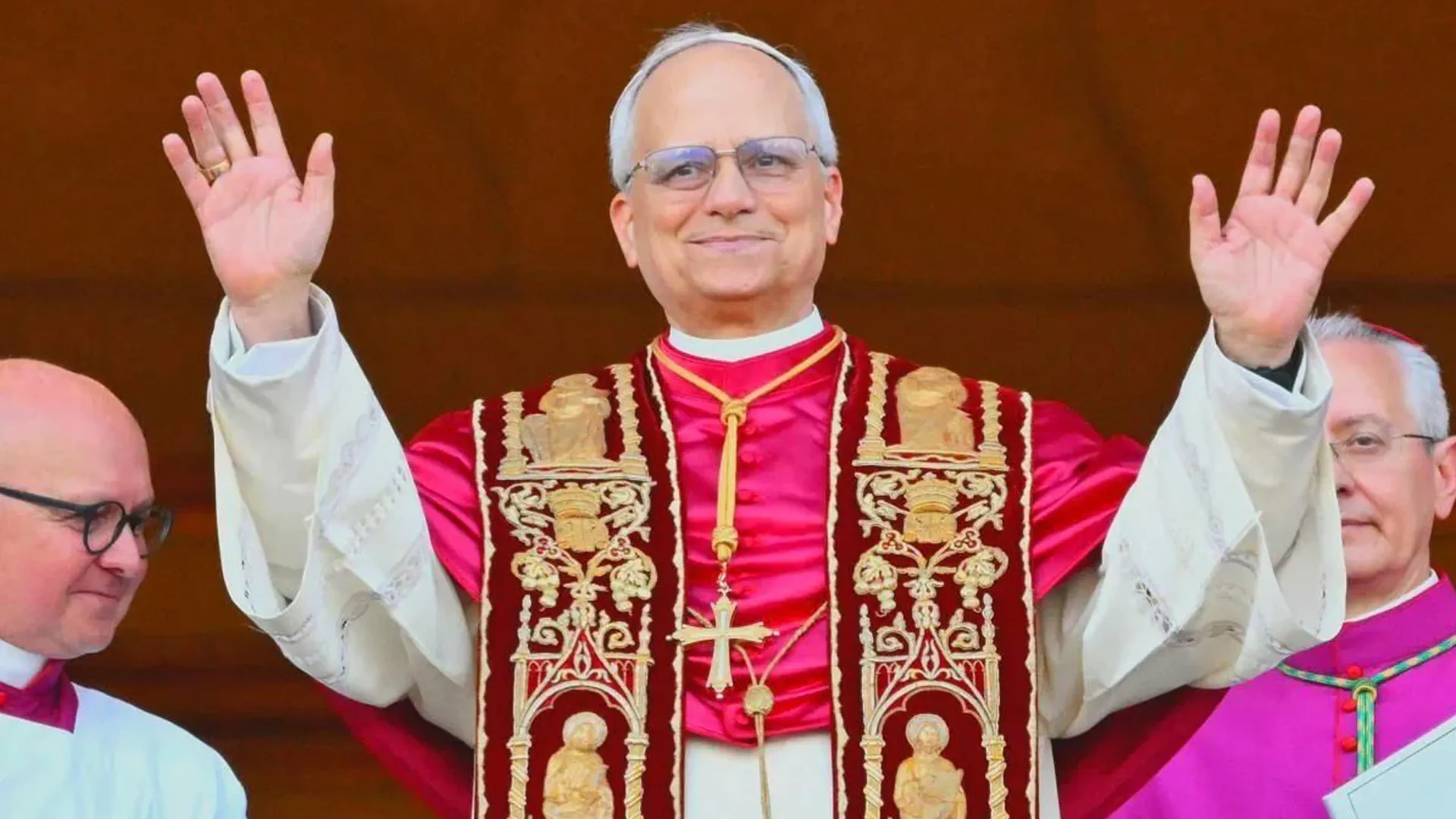
0 Comments